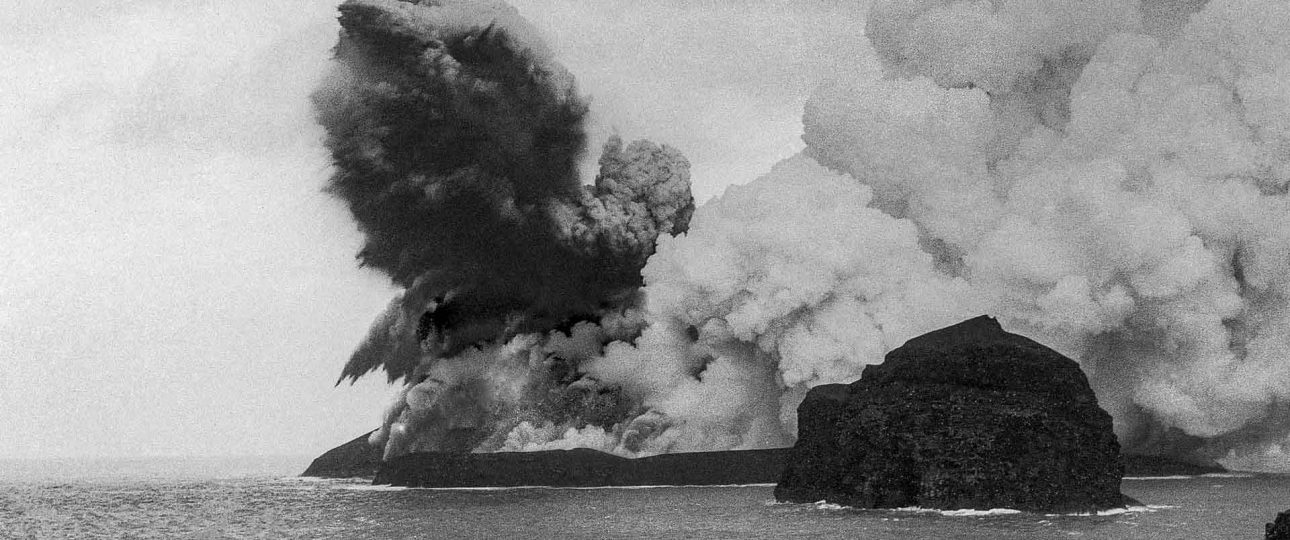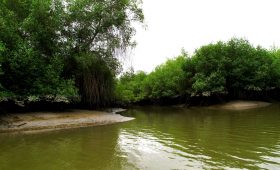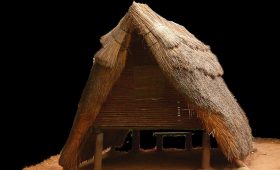Introduction to Capelinhos Volcano
Situated on the picturesque island of Faial in the Azores, Capelinhos Volcano is a remarkable geological site that captivates visitors with its unique history and landscape. The eruption that occurred between 1957 and 1958 not only transformed the island’s geography but also provided a profound insight into volcanic activity. This site is a testament to the dynamic forces of nature and the resilience of the local community.
The Geological Significance of Capelinhos
Capelinhos Volcano is part of the Capelo Volcanic Complex, characterized by its fissural volcanism and historical eruptions. The 1957-58 eruption was a Surtseyan event, occurring in the shallow waters off Faial’s coast. This type of eruption is named after the Surtsey eruption in Iceland, although Capelinhos predated it by five years. Here are some key geological facts about Capelinhos:
- The eruption created a new landmass, initially forming a small island that eventually connected to Faial, adding approximately 2.5 square kilometers to the island.
- It was the first submarine eruption to be documented from start to finish, providing valuable scientific insights.
- The eruption was accompanied by significant seismic activity, necessitating the evacuation of nearby settlements.
What Makes Capelinhos Unique?
Capelinhos is more than just a geological site; it is a place where history and nature converge. The eruption dramatically altered the landscape, creating a stark, almost lunar environment. Here are some features that make Capelinhos distinctive:
- The Capelinhos Volcano Interpretation Centre offers educational exhibits detailing the eruption and its impact on the island.
- The landscape is devoid of trees and bushes, providing a unique opportunity to study pioneer vegetation.
- In 2022, Capelinhos was recognized by the International Union of Geological Sciences as one of the world’s 100 geological heritage sites.
Exploring the Area Around Capelinhos
The surroundings of Capelinhos offer a wealth of experiences for visitors. Here are some activities and sites to explore:
- Hiking Trails: Numerous trails provide breathtaking views of the volcanic landscape and the Atlantic Ocean.
- Capelinhos Lighthouse: Partially buried by ash, this lighthouse stands as a poignant reminder of the eruption’s impact.
- Volcanic Beaches: Relax on the unique black sand beaches formed from volcanic material.
Best Time to Visit Capelinhos
The ideal time to visit Capelinhos is during the spring (April to June) or fall (September to October). These months offer mild weather and fewer tourists, allowing for a more peaceful exploration of the area. Summer can be busier, while winter may bring heavy rainfall.
Getting to Capelinhos
Capelinhos is located on Faial Island, accessible by air and ferry:
- By Air: Horta Airport (HOR) connects Faial to Lisbon and other Azorean islands.
- By Ferry: Ferries link Faial to neighboring islands such as Pico and São Jorge, offering scenic views of the archipelago.
Local Transportation
Once on Faial, several transportation options are available:
- Car Rental: Renting a car allows you to explore the island at your own pace.
- Biking: The island’s bike-friendly roads make cycling a great way to enjoy the scenery.
- Public Buses: Limited bus services connect major towns and attractions.
Accommodations Near Capelinhos
Consider staying in one of the charming accommodations near Capelinhos. Options include:
- Pousada de Faial: A comfortable hotel with stunning ocean views.
- Local Guesthouses: Family-run establishments often provide a more personalized experience.
- Campsites: For the adventurous, camping near the volcanic area offers a unique experience under the stars.
Travel Tips for Visiting Capelinhos
To make the most of your visit to Capelinhos, consider these practical tips:
- Dress in Layers: The weather can change quickly, so layering is advisable.
- Stay Hydrated: Bring water, especially if you plan to hike.
- Respect Nature: Follow marked trails and avoid disturbing local wildlife.
Summary of Key Facts
- Capelinhos Volcano is located on Faial Island in the Azores.
- The volcano erupted between 1957 and 1958, adding about 2.5 square kilometers of new land.
- The Capelinhos Lighthouse is partially buried and serves as a historical landmark.
- The best time to visit is during spring and fall for mild weather.
- Horta Airport provides access to Faial, with ferry connections to other islands.
- Local transportation options include car rentals, biking, and public buses.
- Accommodations range from hotels to guesthouses and campsites.
- Dress in layers and stay hydrated while exploring.
Conclusion
Capelinhos Volcano is a destination that offers more than just stunning views; it is a place where the power of nature and the resilience of the Azorean people are on full display. Whether you’re hiking its trails, visiting the Interpretation Centre, or simply soaking in the dramatic scenery, Capelinhos promises an unforgettable experience. Pack your bags and embark on an adventure to this extraordinary volcanic landscape!



